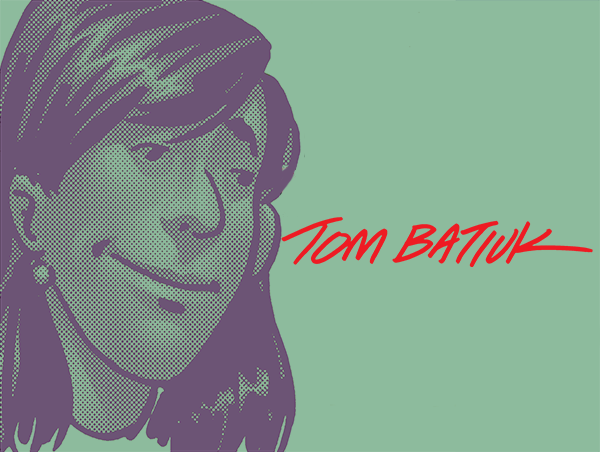×

Subscribe to Receive the Latest Updates
Subscribe to receive our monthly newsletter.

With this issue, Cary Bates, the writer of The Flash, also takes on the editorial duties for the book. This could be taken as a sign that the powers that be at DC Comics thought that the current story arc was simply amazing work that was energizing the book, hauling in new readers by the bus load, and that Bates should be given free editorial and artistic reign to follow his muse down this new path. Or… then again, it could be the exact opposite. Sadly, instead of capturing everyone’s attention at DC, no one seemed to be paying any attention at all. The sales numbers on The Flash were sinking like a hammer in a lake, and there seemed to be little optimism in the house that Superman built that things could be turned around. The 350th issue wasn’t far off and it would make a propitious point to call it a day. There were even those who in the DC offices who thought that Bates was doing was the wrong thing by having the Flash be charged with murder and put on trial. Not helping things was the fact that a blockbuster story entitled Crises on Infinite Earths was looming on the horizon. It was a massive tale (for the time) which was intended to tidy up the entire DC Comics universe. One aspect of this story is that some superheroes would die (and this was kind of before they would die and then “get better”). When it came time to decide which superhero would die, the Flash, who was skiing on the downslope of the bell curve anyway, made a tempting target for the grim reaper. So why bother to tie up an editor on The Flash. Just give the job to Cary and let him go, which is exactly what they did.
There would be no more attempts to shoehorn in any other features at the back of the book trying to boost sales and scant attention paid at all thus giving Bates a large canvas and the freedom create his 28 issue masterpiece. Now this is just me thinking here, but it seems that at some point Bates embraced his fate (and the Flash’s) and decided write a story that would send the Flash off in the manner truly befitting the first Silver age superhero because it sure seem as if that’s what he did. He began by looking at the Flash’s back pages and revisiting the various tropes that that had helped to make The Flash what it is. In the previous issue, he’d gathered the Flash’s rogues villains for the burial of the Reverse Flash, and then in this issue he completes the job by bringing back Grodd the gorilla from where writer Mike Barr had left him in the body of a homeless person. With penciling by Carmine Infantino and Dennis Jensen, I have to say that Grodd never looked better. He, of course, vows revenge on the Flash, but, before that can happen, Bates has the Flash beamed up to the Justice League satellite so that they can decide whether his murder rap has violated their charter and that he needs to be expelled from the JLA. The vote is a tie with the late arriving Superman getting to cast the tie breaking vote. The issue ends as Supes is about to make his decision. Almost a soap opera style cliffhanger that leaves us eagerly awaiting the next issue. This is fun stuff.